
Story-Based 4- and 7-Minute Workouts for the Classroom and Home – Teresa Garland
- On-the-spot regulation through story-based exercise routines
- 4-minute workouts to increase attention
- Calm and manage stress through high intensity interval training
- Create your own story-based routines
Learn story-based high intensity interval training (HIIT) that are fun and will make children giggle as they get in shape. These routines make children strong and give them on-the-spot regulation. We look at three 4-minute classroom routines and a 7-minute home routine. And learn how to make your own FUNterval. You’ll also learn about high intensity interval training (HIIT) and how intensive exercise helps children to self-regulate.
- List eight HIIT exercises each for home-use and school use.
- Perform three 4-minute FUNterval workouts for the classroom.
- Describe HIIT and cite recent research showing its effectiveness.
- Uncover how to create 7-minute routines for home.
High Intensity Interval Training (HIIT)
- What it is, how it works
4- Minute Story-based Exercise Routines (FUNtervals)
- Sensory solutions for the classroom
- Dodging Tomatoes
- Stuff the Turkey
- Pirates
7- Minute Story-based Exercise Routine
- 4 types of exercises
- Putting them together
- A story: Spaceship
Create your own story-based exercise routines
What is health?
The word health refers to a state of complete emotional and physical well-being. Healthcare exists to help people maintain this optimal state of health.
According to the Centers for Disease Control and Prevention (CDC), healthcare costs in the United States were $3.5 trillionTrusted Source in 2017.
However, despite this expenditure, people in the U.S. have a lower life expectancy than people in other developed countries. This is due to a variety of factors, including access to healthcare and lifestyle choices.
Good health is central to handling stress and living a longer, more active life. In this article, we explain the meaning of good health, the types of health a person needs to consider, and how to preserve good health.
In 1948, the World Health Organization (WHO)Trusted Source defined health with a phrase that modern authorities still apply.
“Health is a state of complete physical, mental, and social well-being and not merely the absence of disease or infirmity.”
In 1986, the WHOTrusted Source made further clarifications:
“A resource for everyday life, not the objective of living. Health is a positive concept emphasizing social and personal resources, as well as physical capacities.”
This means that health is a resource to support an individual’s function in wider society, rather than an end in itself. A healthful lifestyle provides the means to lead a full life with meaning and purpose.
In 2009, researchers publishing inThe LancetTrusted Source defined health as the ability of a body to adapt to new threats and infirmities.
They base this definition on the idea that the past few decades have seen modern science take significant strides in the awareness of diseases by understanding how they work, discovering new ways to slow or stop them, and acknowledging that an absence of pathology may not be possible.
Story-Based 4- and 7-Minute Workouts for the Classroom and Home – Teresa Garland
Readmore About : Teresa Garland





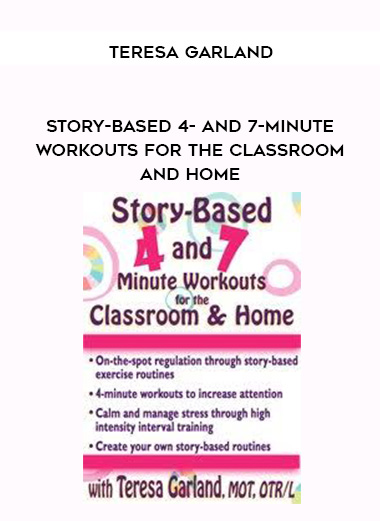












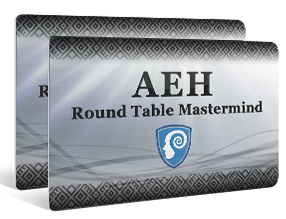
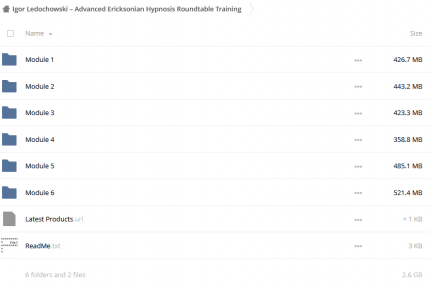

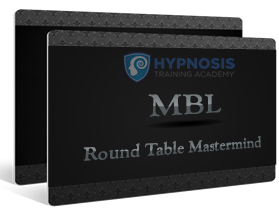






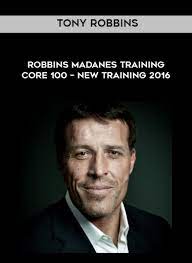











Reviews
There are no reviews yet.